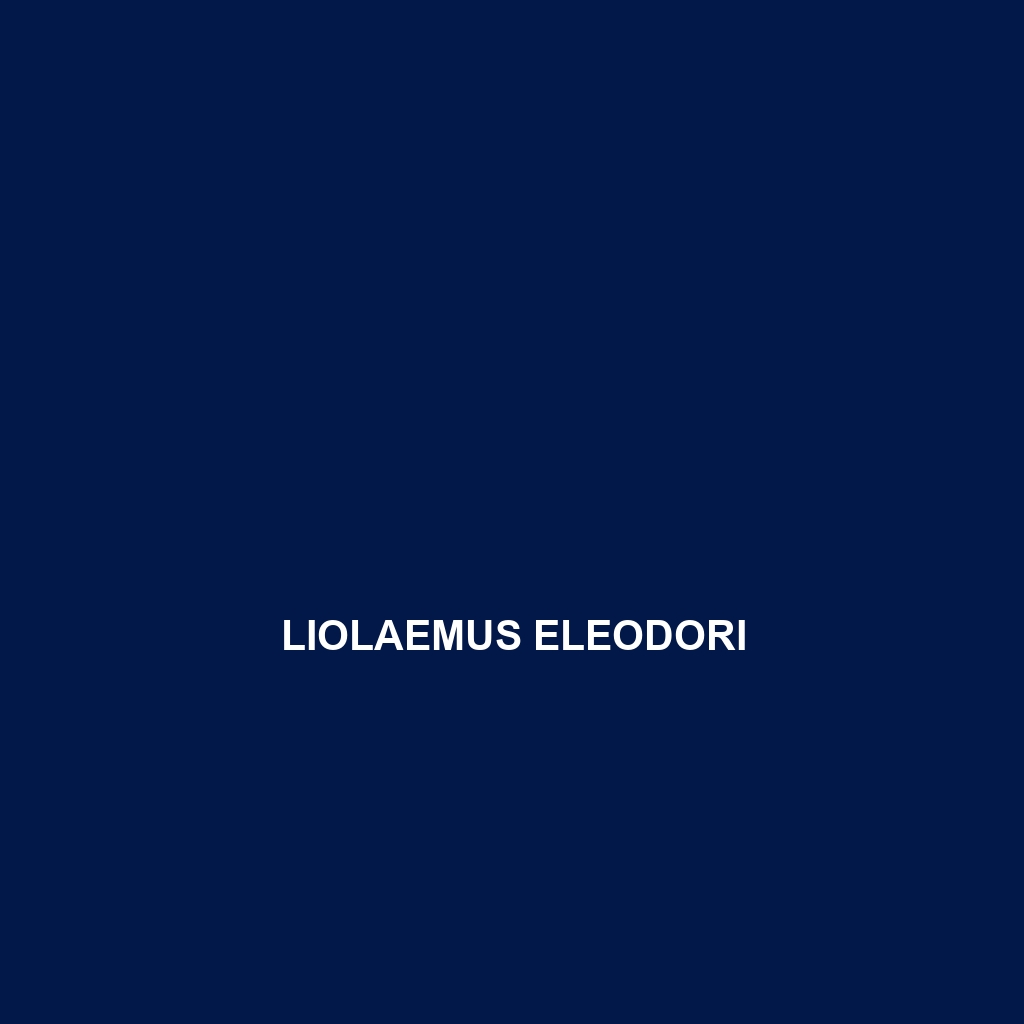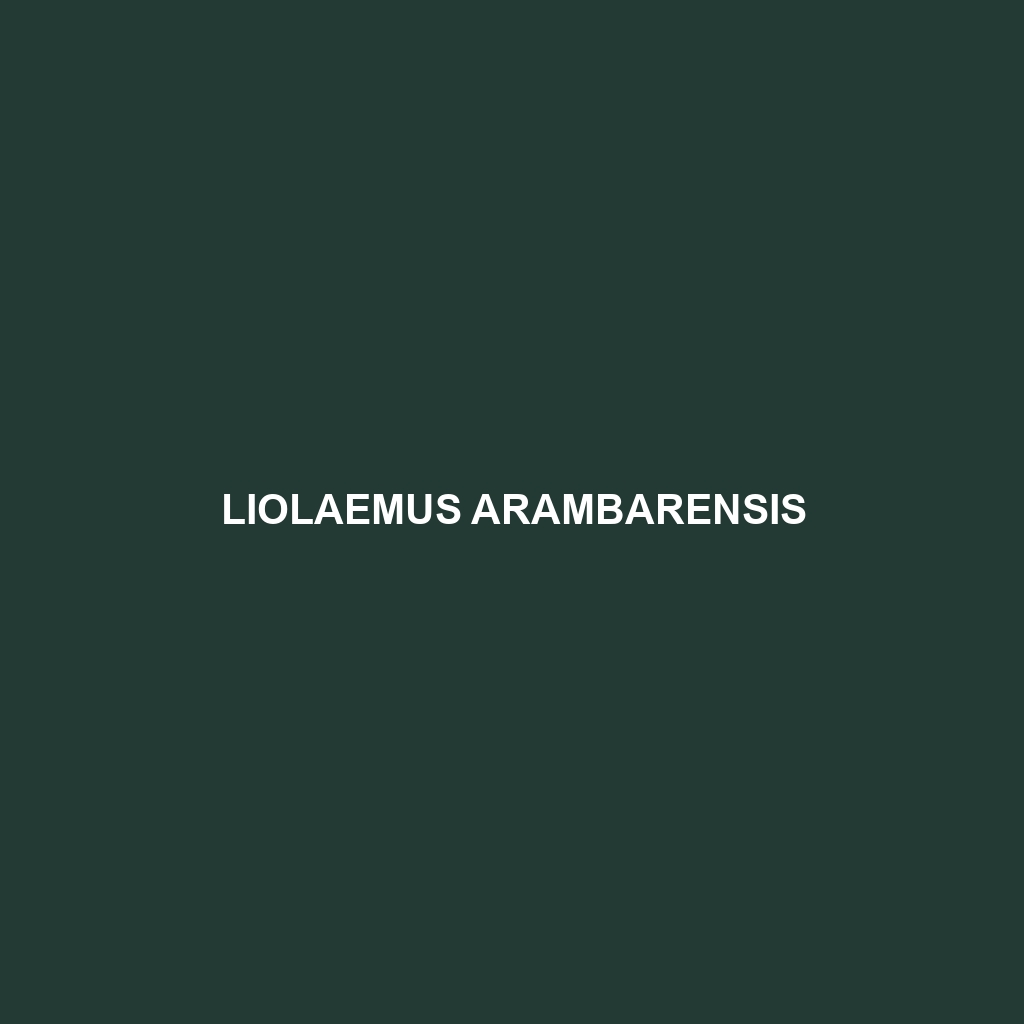<h2>Short Description</h2> <p>The <b>Himalayan rock agama (<i>Paralaudakia himalayana</i>)</b> is a unique lizard native to the rugged terrains of the Himalayas, known for its impressive thermoregulation, vibrant coloration during mating, and a diet that includes a mix of plants and insects. Thriving in rocky, sunlit habitats, it plays a vital role in its ecosystem by controlling insect populations and providing food for various predators.</p>
Tag: thermoregulation in lizards
Ophisops pushkarensis
The Ophisops pushkarensis, or Pushkar Sand Lizard, is a small to medium-sized lizard native to the arid regions of Rajasthan, India, known for its sandy coloration and adaptability to semi-desert habitats. Primarily insectivorous, this species plays a vital role in controlling insect populations while also serving as prey for larger predators in its ecosystem.
Liolaemus multiformis
<p><b>Liolaemus multiformis</b> is a striking lizard species native to the temperate forests and savannas of South America, particularly in the Andes. Ranging from 10 to 20 cm, these diurnal reptiles exhibit vibrant colors and intricate patterns while playing a crucial role in their ecosystems by controlling insect populations and serving as prey for larger animals.</p>
Liolaemus millcayac
Discover the vibrant and unique Liolaemus millcayac, a slender lizard native to the Andean mountains of South America, known for its striking dorsal coloration and ability to thrive in rocky, high-altitude environments. This insectivorous species plays a crucial role in its ecosystem, contributing to the control of insect populations and supporting the ecological balance within its habitat.
Liolaemus gallardoi
<p><b>Liolaemus gallardoi</b> is a medium-sized, diurnal lizard native to Patagonia, Argentina, known for its vibrant colors and distinctive patterns that provide excellent camouflage in temperate forests and savannas. As an ovoviviparous species, it plays a vital role in its ecosystem by regulating insect populations while facing challenges from habitat loss and environmental changes.</p>
Liolaemus eleodori
Liolaemus eleodori is a striking lizard species native to the temperate forests of Chile and Argentina, measuring 15 to 20 centimeters with vibrant coloration and intricate patterns. Thriving in wet, biodiverse habitats, these insectivores exhibit unique behaviors, including diurnal foraging and thermoregulation, while playing a vital role in their ecosystem.
Liolaemus arambarensis
Discover the unique Liolaemus arambarensis, a sleek skink native to the temperate forests and shrublands of southern South America, known for its adaptive coloration and diurnal behavior. Measuring 10 to 15 cm, these insectivorous lizards thrive in rocky terrains, playing a vital role in their ecosystem by controlling insect populations and serving as prey for larger predators.
Liolaemus annectens
<p>The <b>Liolaemus annectens</b>, or anointed iguana, is a visually striking lizard found in temperate forests and arid savannas of Chile and Argentina, known for its camouflage, diurnal behavior, and diverse omnivorous diet. With robust bodies averaging 15 to 25 cm and bright dorsal scales that aid in thermoregulation, this species plays a crucial role in its ecosystem by controlling insect populations and promoting plant diversity.</p>
Laudakia nuristanica
<p><b>Laudakia nuristanica</b>, also known as the Nuristani Lizard, is a medium-sized, adaptable lizard found in the mountainous terrains of northeastern Afghanistan. It features a robust body for rocky environments, exhibits interesting behavioral patterns, and plays a significant role in its ecosystem as both predator and prey.</p>
Iberolacerta aranica
Discover the Iberolacerta aranica, a vibrant lizard found in the temperate forests and rocky alpine regions of the Pyrenees. With a length of 14 to 18 centimeters, this insectivore showcases stunning colors during breeding season and plays a vital role in maintaining ecological balance by controlling insect populations.









